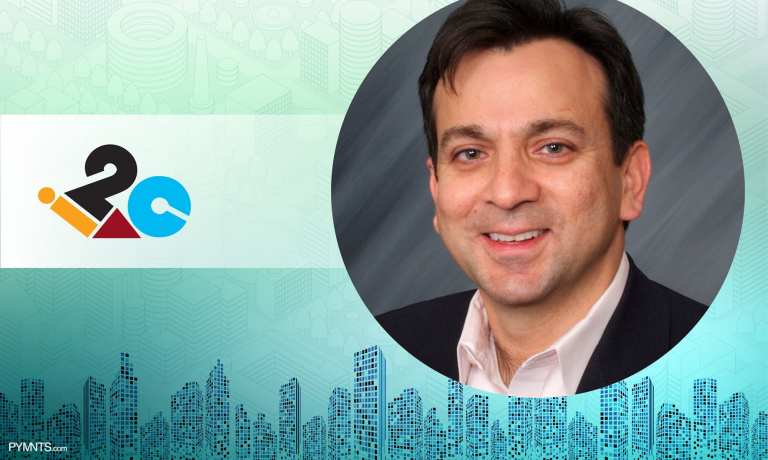Payments’ greatest potential to be transformational lies in shifting the focus of innovation in payments from the payment itself to the user journey. As such, I think we’d do well to challenge the idea of payments as a product – and the idea that they are somehow central to transformation.
Where Does Transformation Come From?
Transformative payment innovation today is more likely to come from someone in a very different business. Take the case of Lyft or DoorDash, or the gig economy more broadly. It emerged as an entirely new business model, but it was never about payments. Payments were merely a problem to solve. Sure, new use cases that later became “products” had to be developed to remove friction from the passenger and driver experience, but that happened along the way to something bigger.
Payment Should Be an Afterthought – or Given No Thought at All
Consider a different infrastructure business that usually isn’t associated with transformation: electricity. Think about how its reach, standards and reliability continue to support so many appliances, devices and industries almost invisibly decade after decade, year after year.
Advertisement: Scroll to Continue
So, what should be the job of our payments infrastructure?
One aspect, to be sure, is making the payment component, like electricity, the least evident part of the system. The less visibility and friction, the better. But if seamlessness is where the greatest potential lies, then we must take a hard look at things like reliability, scalability and security.
Mission-Critical Lip Service
Today, payments are a mission-critical business in word, but not in deed. The frequency and the true cost of downtime are unacceptable and incongruent with the idea of transformational change. That’s why at our company, we’ve made reliability part of our purpose, investing in aviation-level availability, replacing hardware every three years and owning our own IP block, among other measures.
But reaching our full potential as an industry requires that – and something more.
Matching the Customer’s Energy
If we hope to do something truly special in this business, then we need to change the way we think about customers. To do things the old way is not good enough – not in an industry with such potential for co-creation. Too much is lost in doing business that way. We need to do a better job of cultivating and matching the energy, curiosity and willingness to question what today’s partners bring with them. We must continue to offer more self-service tools to help these visionaries iterate – from concept through product cycles – more quickly and without compromise.
The sooner more of us begin to embrace these ideas and others, the more transformative we will be.




